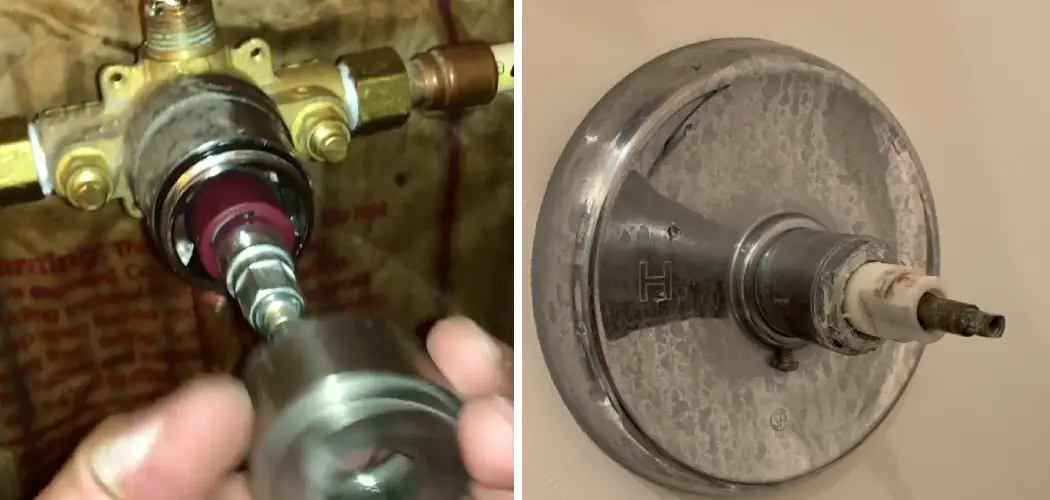Are you having issues with your shower not heating up enough? Do you feel like the temperature is never quite right and often leaves you feeling cold? Well, you don’t have to put up with this anymore! Several easy-to-follow tips can help make your showers hotter so that getting ready in the morning will be a much more pleasant experience.
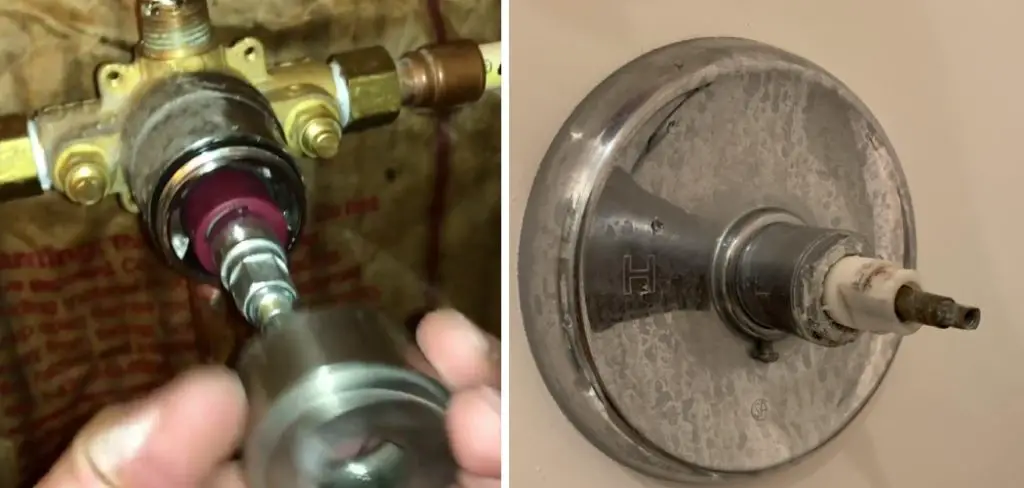
Shower water temperature is not only crucial for comfort, but it can also impact your skin and overall well-being. If you are struggling to make your shower hotter, here are some helpful tips.
In this blog post, we’ll go over some of the best ways how to make my shower hotter. So if you’re struggling with an icy blast each time you step into the bathroom, keep reading – because soon enough, those hot water woes will become a thing of the past.
What are the Benefits of Having a Hot Shower?
There’s nothing quite like the feeling of stepping into a hot shower. It can be incredibly rejuvenating and invigorating, helping to soothe sore muscles and relax your mind after a long day.
Aside from providing a luxurious experience, hot showers also have numerous health benefits. For starters, they can help open up pores on your skin. The warm water helps to dilate blood vessels and loosen dirt, oil, and bacteria that may be trapped in your pores, leaving your skin cleaner than ever before!
Hot showers are also great for improving circulation and soothing muscle tension and joint pain. By heating up your body’s core temperature, it promotes better blood flow, which is beneficial for overall health.
What Will You Need?
Before you get started on implementing these tips, there are a few things you’ll need to have on hand:
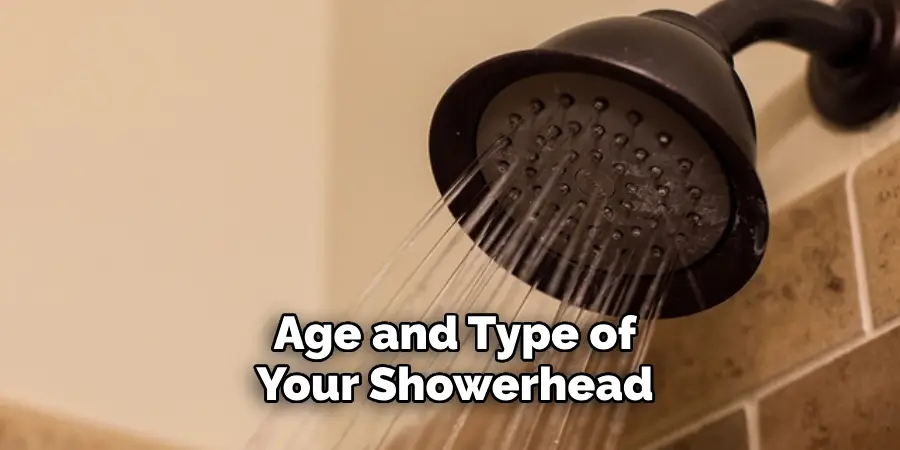
- A Showerhead: Depending on the age and type of your showerhead, it might be time for an upgrade. Look for one that has adjustable settings so you can control the temperature.
- A Thermometer: You will want to measure the temperature of your water before and after making changes to ensure you’re getting your desired results.
- Tools: Some of these tips may require pliers or screwdrivers, so make sure you have those handy.
Once you have these items, you’re ready to start making your shower hotter!
10 Easy Steps on How to Make My Shower Hotter
Step 1. Check Your Water Heater:
The first step in making your shower hotter is to check your water heater. The temperature setting on it may be too low. Typical settings range from 120 to 140 degrees Fahrenheit. If it’s not within this range, you can adjust the temperature. Be careful, though, as setting it too high can lead to scalding water. Increasing the temperature gradually and checking the results before making further adjustments is best.
Step 2. Clean or Replace Your Showerhead:
Over time, mineral deposits can build up in your showerhead, obstructing the water flow and reducing the temperature. To fix this, remove your showerhead and soak it in vinegar and water for a few hours.
This should dissolve the minerals and improve the water flow. If cleaning doesn’t help or your showerhead is old, consider replacing it with a new one. Many high-quality showerheads are available that provide better heat control and more substantial water pressure.
Step 3. Inspect and Adjust Your Shower Valve:
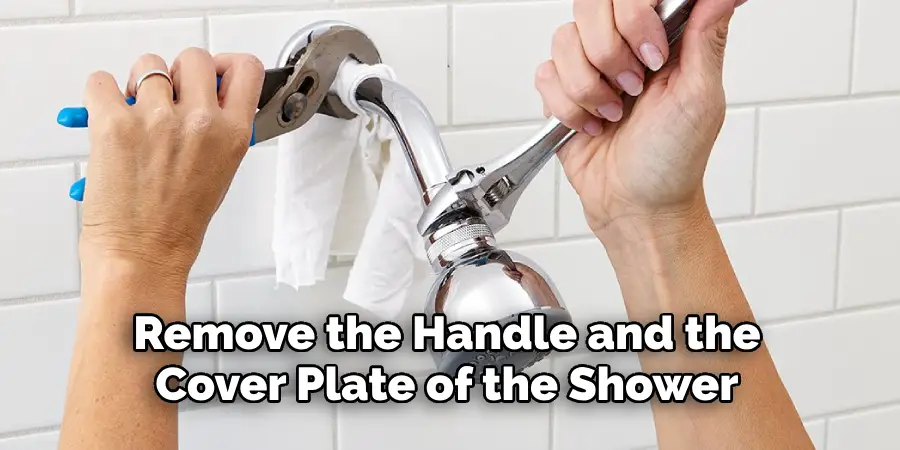
Inside some showers is a valve that controls the mix of hot and cold water. This valve might be set incorrectly, limiting the amount of hot water that reaches your shower. To adjust this, you usually need to remove the handle and the cover plate of the shower, which often requires a screwdriver.
You can adjust the setting once you expose the valve to allow more hot water. Remember that this could be complex, and you might need to refer to the manufacturer’s instructions or even call a professional plumber if you’re unsure.
Step 4. Check Your Water Pipes:
If the water in your shower still needs to be hotter, your water pipes may be to blame. In colder climates, water pipes can lose heat as they travel from the water heater to the shower.
This could be due to poor insulation or the pipes running through a freezing area of your home, such as a basement or an external wall. To solve this, consider insulating your pipes with foam pipe insulation. This is a relatively easy and cost-effective solution that can make a significant difference to the temperature of your shower water.
Step 5. Consider a Tankless Water Heater:
If you’ve tried all these steps and your shower is still not as hot as you’d like, consider investing in a tankless water heater. Unlike traditional water heaters that store and heat water in a tank, tankless systems heat water on demand as you need it. This means that you will never run out of hot water in the middle of a shower.
Additionally, some models allow you to adjust the temperature using a digital control, giving you precise control over the heat of your shower. Remember, this is a substantial investment, and you should consult with a professional before making a decision.
Step 6. Install a Shower Heat Lamp:
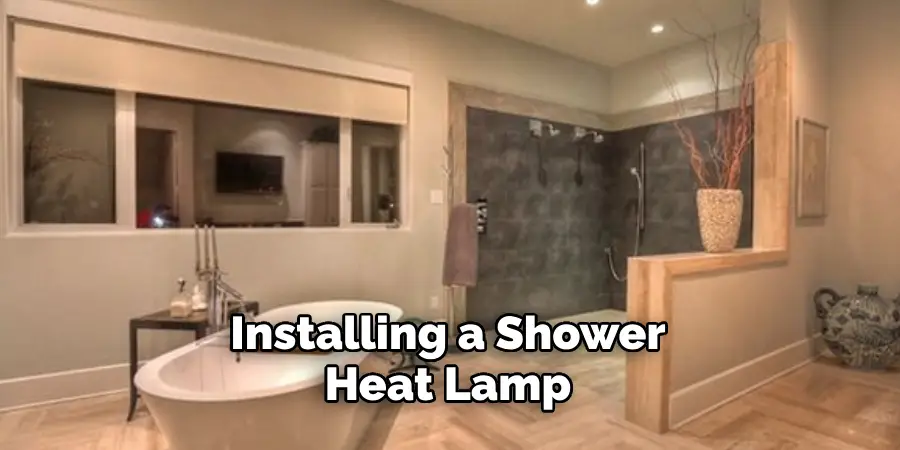
If all else fails, or if you want an extra boost of warmth in your shower, consider installing a shower heat lamp. These lamps emit a safe level of infrared heat that can warm up your shower area within minutes.
Not only do they help in boosting the ambient temperature, but they also keep you warm when you step out of the shower. Always hire a professional electrician for installation, as dealing with electricity in a wet environment can be dangerous if not done correctly.
Step 7. Use a Hot Water Booster:
A hot water booster is a device that can be installed on your existing water heater to increase the temperature of the water that goes to your shower. It’s an effective solution if hot water is not reaching your shower, even though other parts of your house seem to have sufficient hot water. Do keep in mind that a professional should install a hot water booster to ensure it’s correctly and safely fitted.
Step 8. Regular Maintenance:
Regular water system maintenance can play a significant role in ensuring you have a hotter shower experience. This includes regularly servicing your water heater, inspecting valves for faults, and cleaning your showerhead to prevent mineral buildup.
In addition, if you have a tankless water heater, ensure it’s descaled annually to maintain its efficiency. If you are uncomfortable doing these tasks, consider hiring a professional plumber to perform routine maintenance.
Step 9. Check for Plumbing Issues:
Sometimes, the issue with the shower temperature might be more complex. If you’ve tried all the above steps and your shower is still not hot enough, consider that there could be underlying plumbing issues.
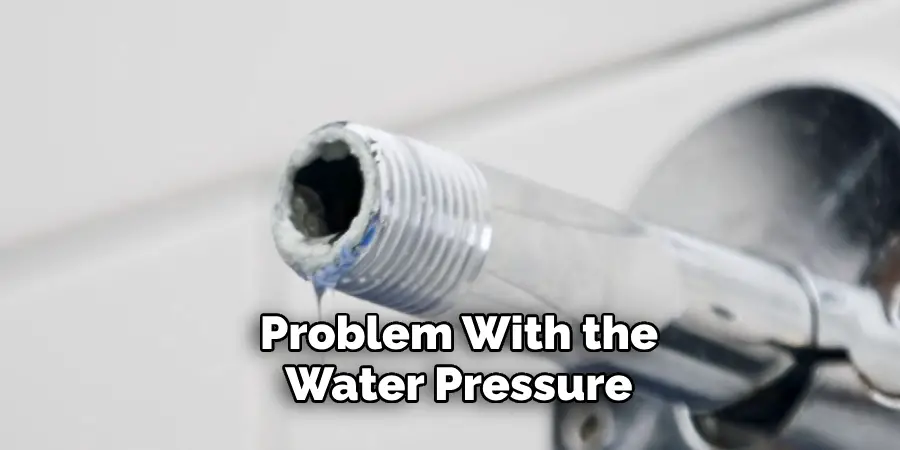
There could be a blockage in the pipes, a leak, or even a problem with the water pressure. If this is the case, it’s best to call a professional plumber to diagnose and fix the issue. While this might cost more, it will ensure that your shower temperature issue is resolved most effectively.
Step 10. Consult a Professional Plumber:
After going through all the steps above, if your shower temperature is still unsatisfactory, it may be time to consult a professional plumber. Plumbing systems can be complex, and a professional will have the expertise to diagnose and fix any issues that might be causing your shower to be less hot.
They can inspect your entire water system, identify any underlying issues, and provide a comprehensive solution. Remember, while it may be costlier than a DIY solution, professional help ensures the safety and long-term efficiency of your plumbing system.
By following these steps, you can increase the temperature of your shower and enjoy a hotter and more comfortable shower experience.
5 Additional Tips and Tricks
- Check the Water Heater Settings: Increase the temperature setting on your water heater. But, be cautious not to exceed 120°F (49°C) to prevent scalding and preserve the water heater’s life.
- Insulate the Hot Water Pipes: Insulating the hot water pipes will keep the water hot as it travels from your water heater to your shower. You can use pipe insulator wraps or foam pipe tubes for this task.
- Install a Thermostatic Shower Valve: A thermostatic shower valve maintains water temperature at a constant level despite fluctuations in water pressure. This ensures a consistent flow of hot water.
- Schedule Your Showers: If you’re living with many people, you might need more hot water. Try to space out the times when people are using hot water to ensure that the water heater can replenish the hot water supply.
- Try a Shower Head Designed for Hot Water: Some shower heads are specifically designed to increase the temperature of your shower. These often have smaller holes that restrict water flow, resulting in hotter water. Alternatively, you can remove the flow restrictor from your current shower head.
With these tips and tricks, you can easily make your shower hotter without investing in a new water heater.
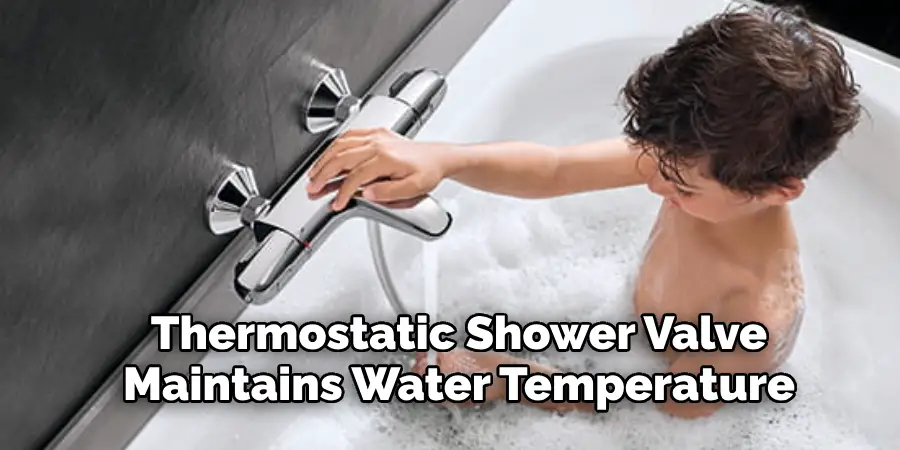
5 Things You Should Avoid
- Avoid Ignoring Leaks: Even a small leak can lead to significant heat loss. If you notice a dripping faucet or leaky pipe, get it fixed promptly to prevent unnecessary waste of hot water.
- Beware of High Thermostat Settings: While increasing the thermostat on your water heater can provide hotter showers, setting it too high can lead to dangerous scalding temperatures and increased energy costs.
- Don’t Neglect Annual Maintenance: Skipping regular water heater maintenance can decrease efficiency and performance. Make sure to schedule an annual inspection and tune-up.
- Avoid Uninsulated Pipes: If your water pipes are not insulated, they can lose heat rapidly. Ensure to notice this aspect when trying to make your shower hotter.
- Don’t Overlook the Showerhead: The type of showerhead you use can significantly impact the temperature of your shower. Avoid using oversized, high-volume showerheads that can deplete your hot water supply faster.
By avoiding these common mistakes, you can ensure your shower remains hot and enjoyable.
Why is My Shower Lukewarm at Its Hottest?
If your shower is not getting hot enough despite trying all the tips and tricks mentioned above, there may be underlying issues with your water heater. Some possible causes include a faulty heating element, sediment buildup in the tank, or a malfunctioning thermostat. It’s best to consult a professional plumber to diagnose and fix any problems with your water heater for optimal performance.
Another factor to consider is the age of your water heater. Most conventional water heaters have a lifespan of 8-12 years, so if yours is older, it may be time for a replacement.
Overall, making your shower hotter requires proper maintenance, adjustments, and potentially investing in new equipment. By following these tips and avoiding common mistakes, you can enjoy a hot, relaxing shower daily.
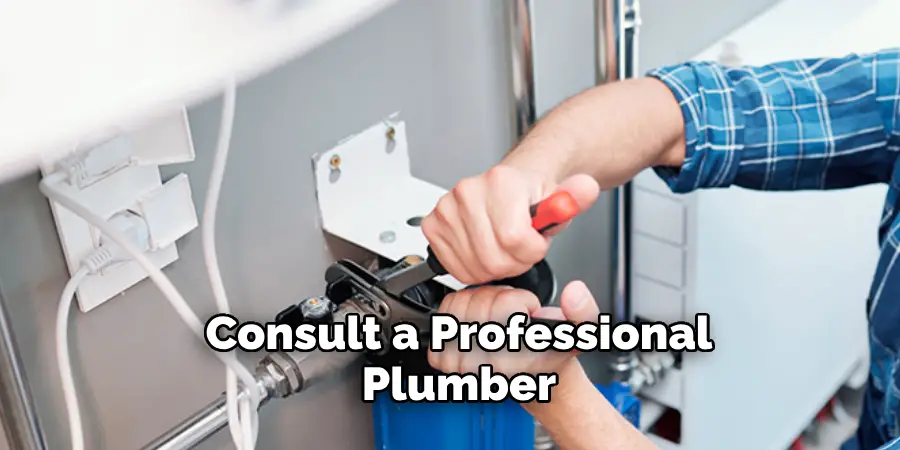
Conclusion
In conclusion, if you’re searching for ways to make your shower hotter without spending a fortune on extra energy costs or sacrificing the energy efficiency of your water heater, there are several solutions. With the right tools and some handy DIY knowledge, you can increase your shower’s hot water pressure and volume in no time. For more experienced DIYers, consider installing dedicated shower valves, pumps, or ‘shower boosters’ to boost the temperature and flow rate of your existing system.
Hopefully, the article on how to make my shower hotter has provided you with valuable insights and information to achieve your desired hot shower experience. Remember always to prioritize safety, energy efficiency, and regular maintenance when adjusting your water heater system.
Ultimately, however, any changes should be carried out by a qualified plumber who can guarantee their work and ensure all building regulations are met. So what are you waiting for? Give your shower an upgrade today and have it feeling hotter than ever before!

